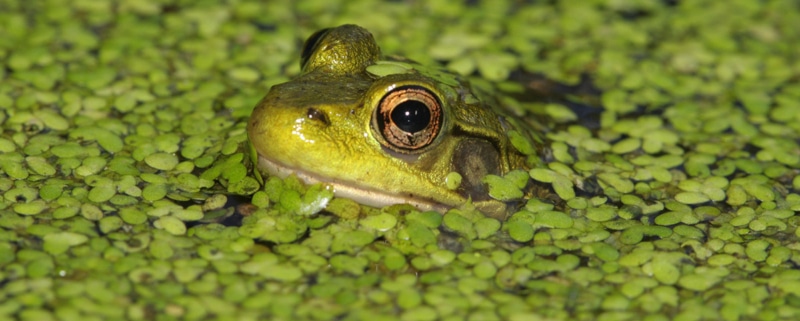On Reading “The Evolution of a Corporate Idealist”
Christine Bader, the author of “The Evolution of a Corporate Idealist,” built a career advancing human rights protection within the global business context. She started her work at BP where she helped develop BP’s human rights values and then worked on a UN initiative to start to normalize the concept of corporate responsibility in this important sphere. She defines herself as a “Corporate Idealist,” one who seeks to pursue pragmatic solutions within the corporate structure rather than advocate for disruptive change on the outside. The lessons she has learned, and shares in this fascinating book, are easily translatable into efforts to advance environmental protection within organizations whose main mission is not natural resources protection.
Many parallels can be drawn between Christine Bader’s efforts on behalf of human rights across the globe and the efforts of “Environmental Idealists,” many of whom may work with the Wildlife Habitat Council. Environmental Idealists promote best ecological practices on corporate lands, advance ecological reuse of contaminated properties and seek to instill in their peers a sense of urgency and action around the preservation and enhancement of nature within the corporate realm.
Three points made by the author will resonate with Environmental Idealists working on conservation within the corporate context.
1. The “business case” argument can be unhelpful but is necessary.
Bader presents an argument in her book that reliance on a “business case” as the only driver for good corporate behavior is a rationalization, not a justification – that the requirement to positively impact the bottom-line should not be the only reason to take steps to improve practices. She cites Sir Geoffrey Chandler, a former Shell executive who founded Amnesty International, who said ethical behavior should not need to be justified by financial reward and that expecting all management decisions to meet this “business case” is a poor guiding principle for decision making.
She does acknowledge that managers do have a business case to answer to. They are judged by decisions they take and outcomes they create that affect the bottom line. Their performance is measured in dollars and cents saved or generated. Therefore, it is in a Corporate Idealists’ best interest to understand and acknowledge the innate tensions between business and social/environmental goals.
At the Wildlife Habitat Council, members can make a bottom-line argument for engaging in their habitat restoration efforts–native planting reduces maintenance expenses; natural attenuation costs less money than constructed remediation solutions; exceeding permit expectations can reduce risk and increase predictability. In some cases, no business case is satisfied but other drivers like employee morale, community relations, or impact on biodiversity satisfy the need for a metric or KPI.
2. Distributed ownership is essential for success.
Corporate Idealists, in Bader’s book, understand that their success depends on engaging others in the effort. An Idealist knows her project has been adopted or institutionalized when someone from another function in the organization refers to it independently. Distributed ownership requires that a mandate for action is followed by a sales pitch to all the departments that will eventually be responsible for this action to be implemented and an encouragement to take ownership.
Distributed ownership can be seen in many of the Wildlife Habitat Council’s exemplary projects where leadership has bought into the idea of creating habitat enhancement projects, management supports the imperative with resources both human and financial, and employees deliver the results by creating a Wildlife Team focused on project implementation and community engagement. In fact, engaging community members and conservation and education partners can be the highest expression of distributed ownership as it takes ownership beyond the corporate org chart and into the neighborhood.
3. Incorporation into design and resource allocation is the “Holy Grail.”
According to Bader, topping any Corporate Idealists’ wish list is the incorporation of socially responsible projects into resource allocation and project approval processes. This incorporation suggests that these projects, while not focused on core mission areas, are institutionalized into operations and provides for more effective, meaningful outcomes compared to when the issues are bolted on following incidents beyond a corporation’s control. Likewise for environmental projects that seek to exceed expectation and go above and beyond requirements. If ecological values are incorporated at the design phase of any land-use activity and if resources are allocated to implementation, the conservation outcomes will be stronger and more meaningful to employees and community members. A simple act, like landscaping with native plants, can be seen as a departure from the normal approach to landscape management and, as such, becomes a heavy lift. But, once incorporated into plans, budgets, and resources, this departure seems less radical and becomes part of normal operations. For many Corporate Idealists, the biggest battles against the status quo are the internal battles against entrenched processes and perceptions.
This book is not a manifesto but more a recognition of the reality and an exploration of the challenges and opportunities to do good in a workplace that places value on those that do well.

